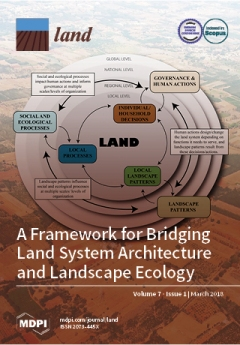Order No. 293 of the Ministry of Economic Development validating the Regulation on land lease contracts within functional areas of national parks.
This Order establishes that granting on lease of the plots of land located within functional areas of national parks for recreational use shall be carried out in accordance with the Federal legislation on land and protected areas. Object of lease can be the following functional areas of national parks: (a) areas of tourism and education; (b) recreational areas; and (c) tourist service areas. Lease contract shall be approved by the Ministry of Natural Resources and Ecology.



